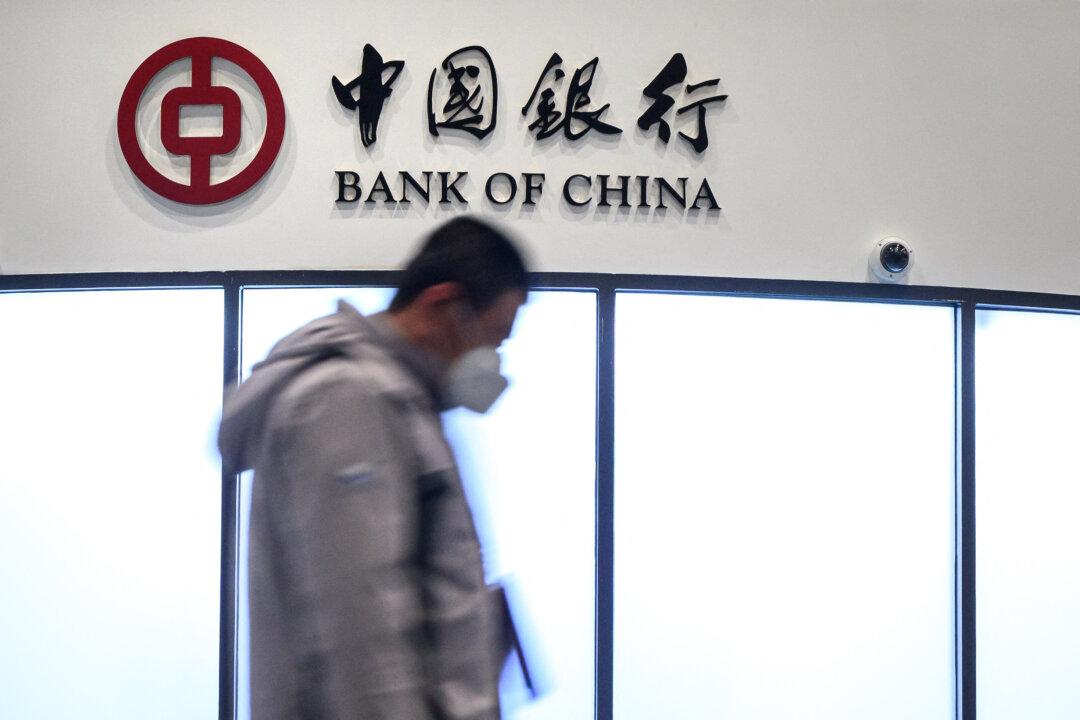Recent years haven’t been kind to Chinese smartphone maker Xiaomi, China’s biggest company in the industry three years ago.
The company’s market share has steadily eroded since 2014. In fourth quarter 2016, Xiaomi’s smartphone shipment volume and market share was 7.4 percent, less than half of its 2015 market share and a distant fifth behind current leaders OPPO, Huawei, and Vivo, according to data from market research firm IDC.
OPPO and Vivo—who share the same parent—came out of nowhere to displace Xiaomi and dominate the middle range of the Chinese smartphone market—a segment filled with commodity-like Android devices sold at lower price points than devices from Apple and Samsung.
Beyond Xiaomi’s sluggish sales, its fortunes were further dented by the January departure of Hugo Barra, head of the company’s international business and arguably its most well-known figure. Barra joined the company in 2013 as a VP from Google, and has been instrumental in building Xiaomi’s business abroad most notably in India where Xiaomi maintains a 6.6 percent market share.
Despite declining sales, Xiaomi still has higher ambitions. Its Chairman Lei Jun styled himself as China’s homegrown Steve Jobs, and the company recently joined Apple as one of the few global smartphone makers to design and manufacturer its own processor chips.






